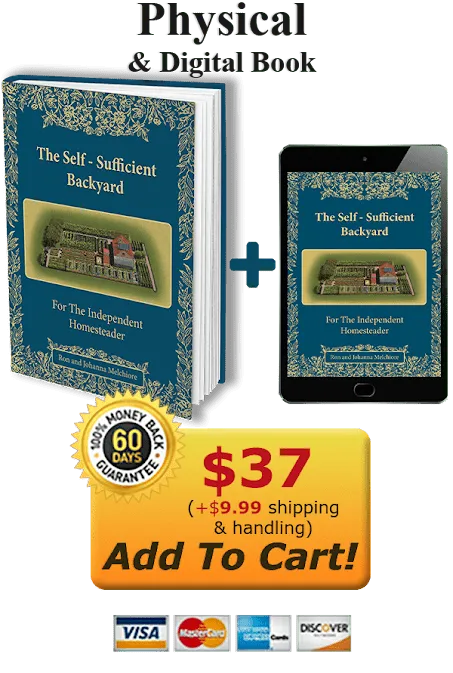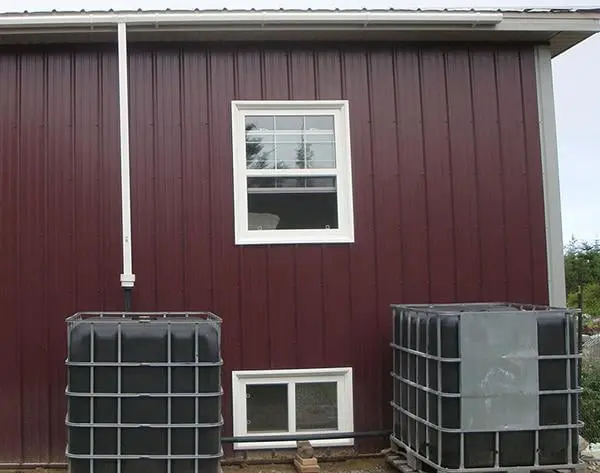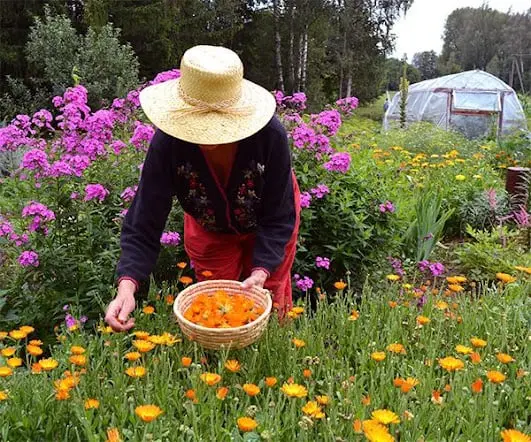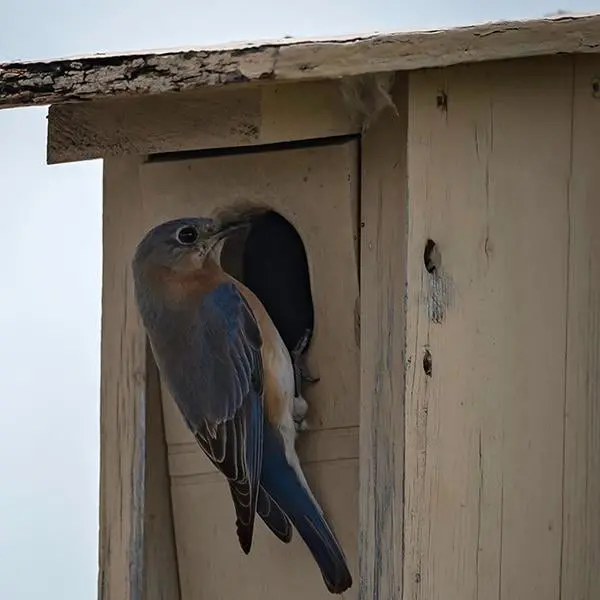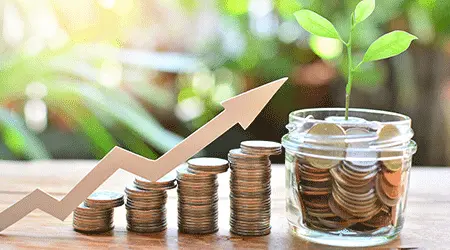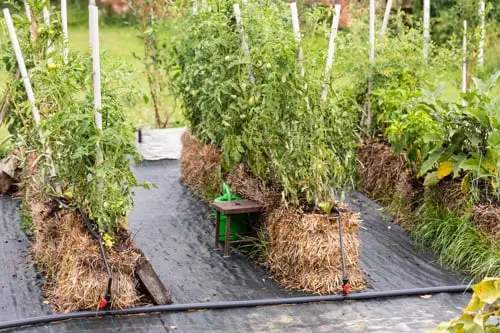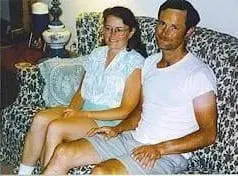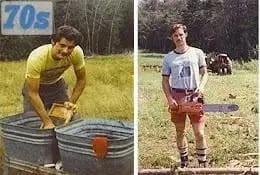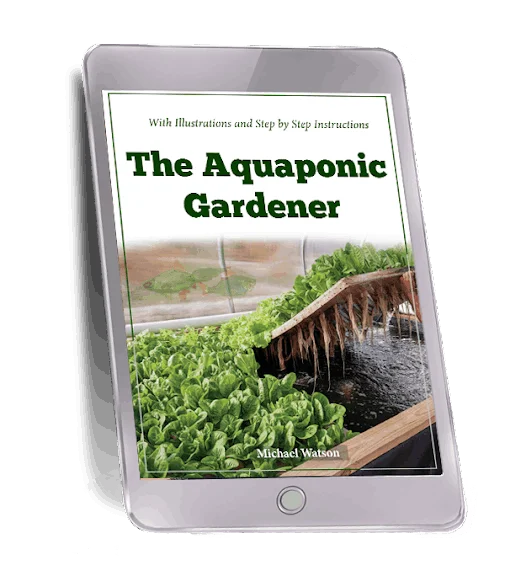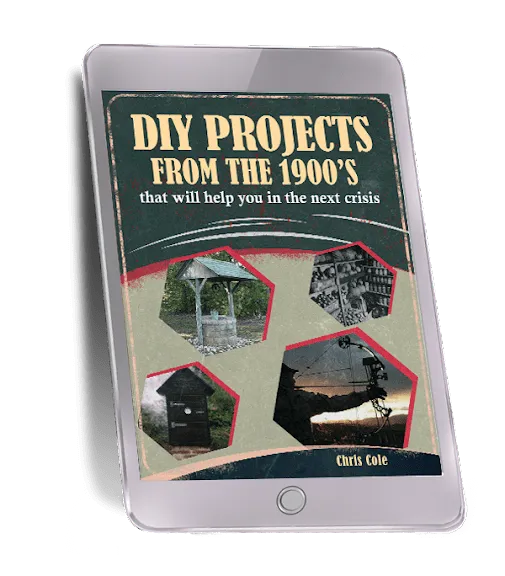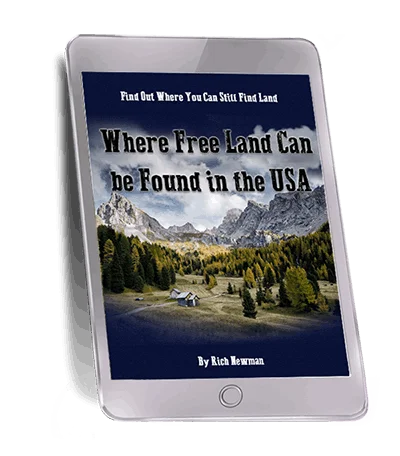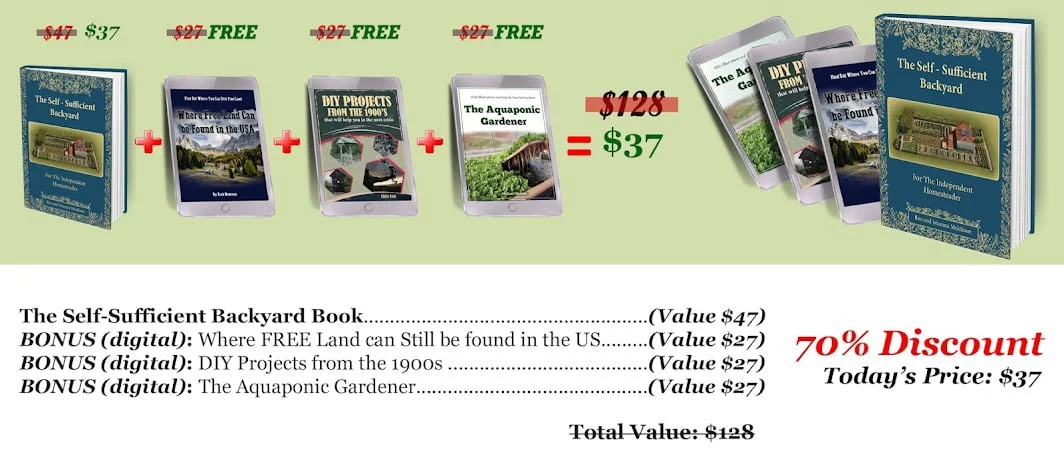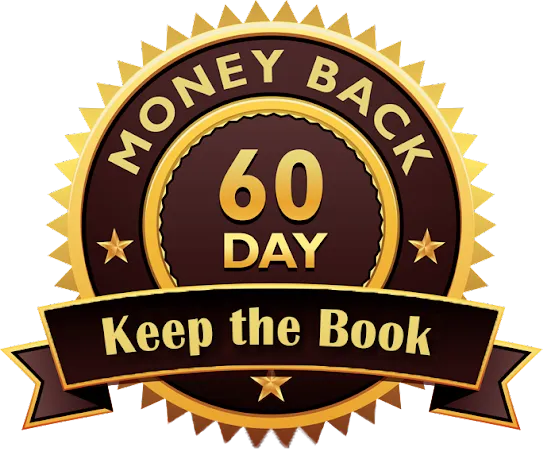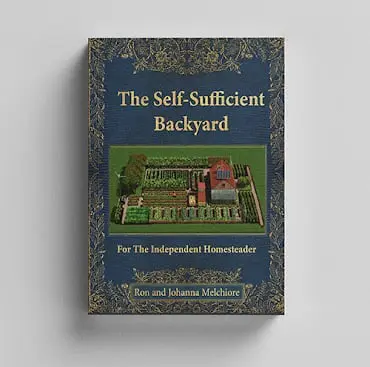
Self Sufficient Backyard is a complete guide that helps you become more independent and live off your own land. It’s filled with practical, step-by-step instructions, so you can easily grow your own food, collect clean water, and generate your own energy with confidence. The book reveals forgotten self-reliance skills that families have used for generations to live comfortably and sustainably.
These methods have always been there to help people in times of need. During hard times like the Great Depression, it was self-sufficient living that kept many families safe and thriving. Self Sufficient Backyard can do the same for you too, once you learn to apply the knowledge within it.
Don't miss out secure your copy now with just a click below:

